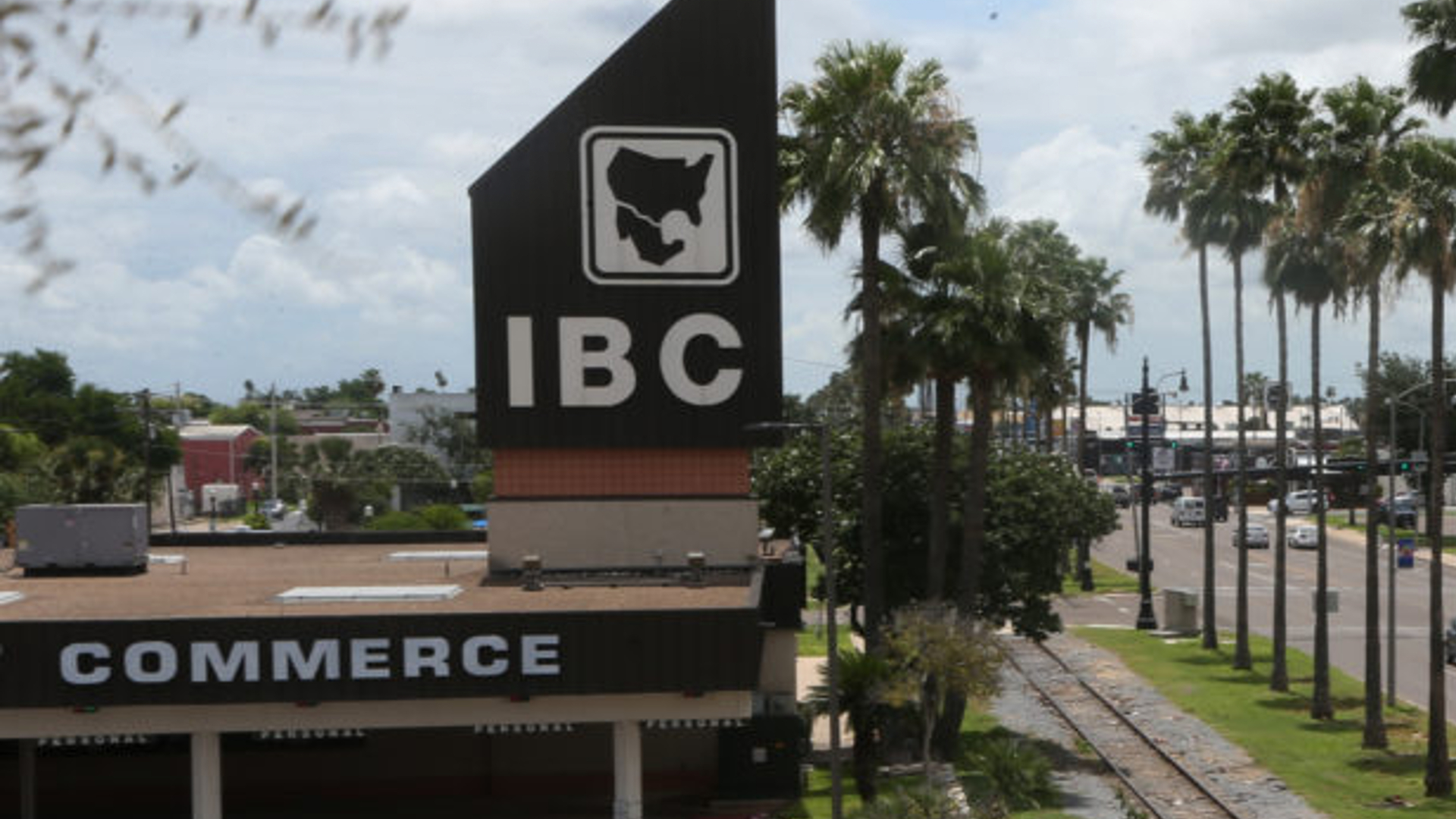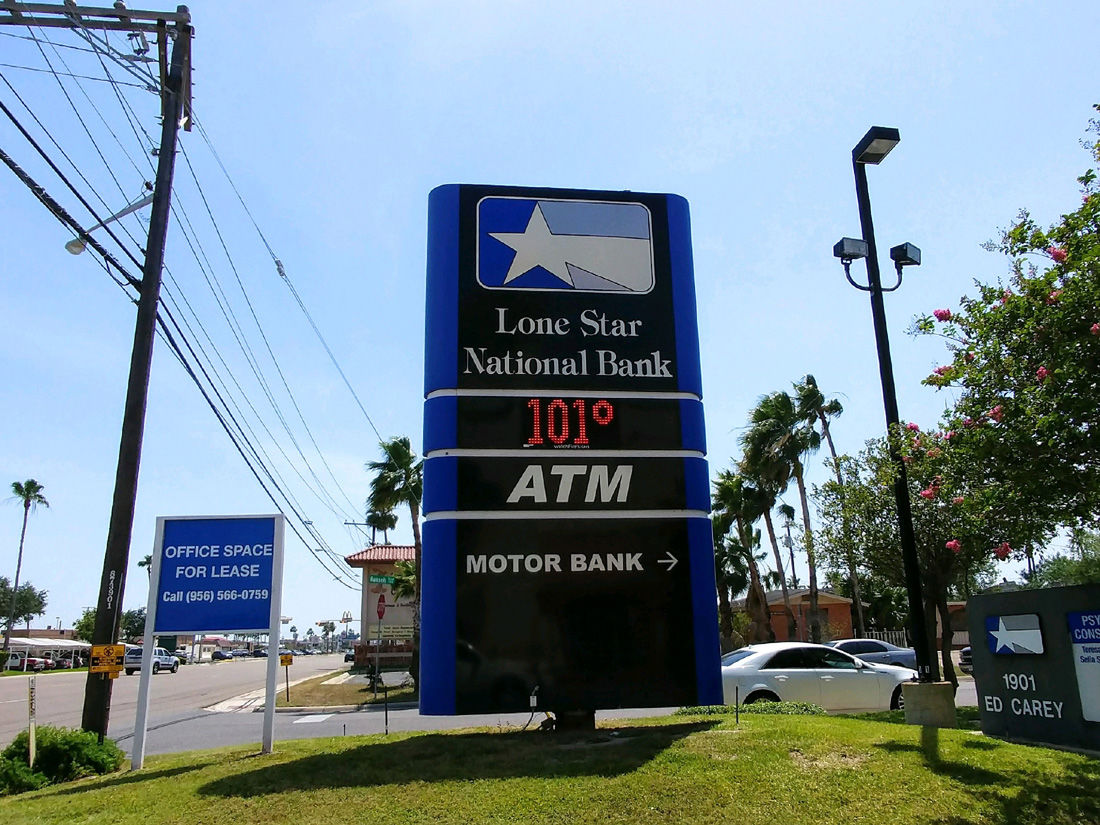|
Only have a minute? Listen instead
Getting your Trinity Audio player ready...
|
McALLEN — If financial headlines over the recent high-profile failures of three tech banks have caused Rio Grande Valley residents to wonder if the money in their savings and checking accounts is safe, never fear, because the local picture is quite optimistic.
Yes, interest rates have risen multiple times over the last year, and yes, the nation is likely to experience an economic recession soon, but the Valley banking system remains highly diversified and stable.
That was the message Dr. Salvador Contreras, associate dean for graduate and professional programs at the University of Texas Rio Grande Valley’s Robert C. Vackar College of Business and Entrepreneurship, recently delivered to a group of professionals in McAllen.
“(The) area banking sector looks resilient,” Contreras said during a May 30 luncheon hosted by the McAllen law firm, Atlas, Hall & Rodriguez.
But Contreras cautioned that high inflation and higher prices will continue to exert pressure on things locally, just as they’re beginning to throughout the rest of the country.
“National trends are likely to be seen here, as well. We’re likely to see tighter credit conditions, although it is not obvious yet,” Contreras said, referring to how local data has yet to show the trend changes that have begun to affect other regions.
Contreras began his presentation by explaining why some banks have failed over the last few months.
It started with Silicon Valley Bank, headquartered in Santa Clara, California, which became insolvent over the course of just two days in March.
SVB’s depositors dashed to withdraw their funds en masse, forcing federal regulators to permanently shutter the institution on March 10. The closure became the second largest bank failure in U.S. history, according to an explainer published by the University of Washington School of Law.
SVB’s failure led to a domino effect that forced New York state regulators to shutter the cryptocurrency friendly Signature Bank just two days later.
And finally, on May 1, San Francisco-based First Republic Bank collapsed.
There were myriad reasons that contributed to the three banks’ failures, including a lack of diversification, and the banks’ heavy involvement with crypto banking — a sector of the financial market that had seen disastrous turmoil after FTX, one of the world’s largest crypto exchanges collapsed last November.

Another contributing factor to the bank collapses was that much of their depositors’ funds were unsecured, far exceeding the $250,000 FDIC limit.
But Contreras explained that the Valley’s banks share little in common with the failed tech banks.
For one, though both groups share a “regional bank” classification, the tech banks were scales of magnitude larger than any local bank.
The failed banks had $200 billion or more in deposits, while even the largest Valley banks contain less than $15 billion, Contreras said.
Further, local banks are highly diversified.
The tech banks — and SVB, in particular — put the majority of their eggs into one basket.
In SVB’s case, that meant sinking much of their deposits into long term investments, such as U.S. Treasury securities.
But, as Contreras explained, “The value of securities are what is now going down in the present moment.”
As the Federal Reserve made incremental increases to interest rates over the last year in an attempt to combat inflation — doing so 10 times between March 2022 and May of this year — the value of securities bonds began to drop.
“As we see interest rates increase, we must see the price of government debt fall,” Contreras said.
By contrast, in the Valley, deposits rose by $7 billion during the pandemic, from just under $15 billion in 2019 to nearly $22 billion in 2022.

Lending remains somewhat flat, though healthy, throughout the region, as well, Contreras said.
Additionally, deposits are distributed widely among a number of banking institutions.
Contreras used El Paso and Hudspeth counties as an example.
Just four banks control nearly four-fifths of all deposits in the far west Texas metropolitan area.
“If you look at the RGV, it’s a different story. It’s a much more flatter story,” Contreras said.
Here, the top five banks — International Bank of Commerce, Lone Star National Bank, Wells Fargo, Chase and PNC — control just under half of local deposits.
“(It’s a) far more competitive market,” Contreras said.
Not only are the majority of the Valley’s banks well-diversified, they’re also “highly capitalized” and enjoy strong liquidity.
“For the most part, you see that most of these banks are operating quite efficiently,” Contreras said.




